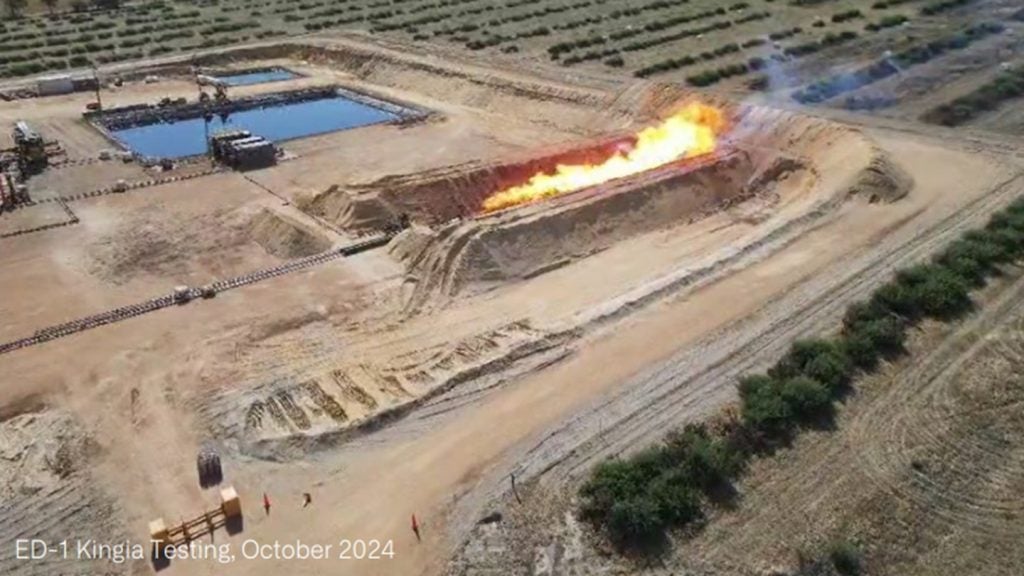
Oil prices have continued to decline under pressure from rising US crude inventories as demand was offset by ample supply and weak refinery data.
Brent crude futures declined 59 cents to trade at $70.40 per barrel while US West Texas Intermediate (WTI) crude futures slipped 43 cents a barrel to reach $60.99, reported Reuters. WTI fell 2.5% the previous day. Brent and WTI are on course to post their biggest weekly falls in 12 and 15 weeks, respectively.
According to data released by the Energy Information Administration, US commercial crude stockpiles rose by 4.7 million barrels last week. The inventories reached 476.8 million barrels, hitting their highest levels since July 2017.
PVM Oil Associates’ Tamas Varga was quoted by Reuters as saying: “The headlines figures are depressing enough and scratching the surface does not paint a rosier picture either.
“The prevalent optimism for a tighter global market and higher oil prices will now only be vindicated when US oil inventories start drawing.”
The surge in inventories was caused by weak refinery demand for feedstock crude oil and planned sales of US strategic petroleum reserves (SPR). Meanwhile, government data also indicated that the US crude oil production recorded a rise of 100,000 barrels per day (bpd) to touch 12.2 million bpd.
How well do you really know your competitors?
Access the most comprehensive Company Profiles on the market, powered by GlobalData. Save hours of research. Gain competitive edge.

Thank you!
Your download email will arrive shortly
Not ready to buy yet? Download a free sample
We are confident about the unique quality of our Company Profiles. However, we want you to make the most beneficial decision for your business, so we offer a free sample that you can download by submitting the below form
By GlobalDataIn March the International Energy Agency projected a twofold increase of US exports of crude oil and petroleum products, challenging Saudi Arabia’s position as the top exporter.
Prices are also affected by the ongoing Sino-US trade war, which is casting a negative impact on global economic growth, fuelling concerns about oil demand. These bearish factors are countered by ongoing OPEC-led supply cuts and tensions in the Middle East.







